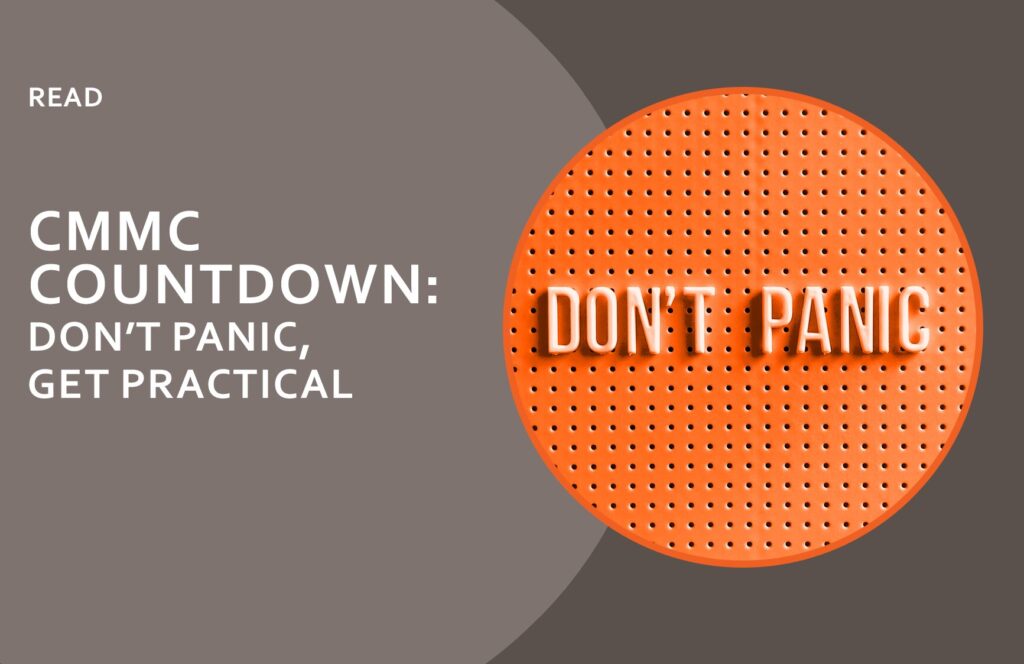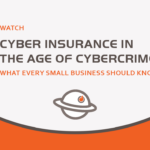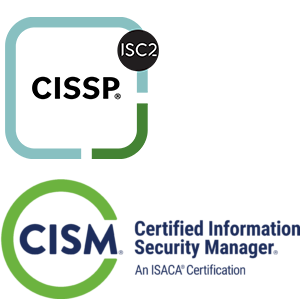READ: CMMC Readiness Countdown: Don’t Panic, Get Practical

November 10, 2025 marks the official CMMC Final Rule enforcement date. If you’re a small manufacturer in the Department of Defense supply chain, that date has probably been circled on your calendar (or haunting the back of your mind).
But here’s the truth: November 10 itself isn’t doomsday. What matters is how well you’ve prepared to demonstrate your compliance.
Panicked? No Need. We’ve got your practical guide to getting started with, and through, CMMC certification:
- Decide if Compliance Fits Your Business Mission
CMMC isn’t for everyone. If only 2% of your revenue comes from DoD contracts, does it make sense to go through the effort and cost of compliance for such a small slice of your business? Or maybe you’re looking to scoop up your competitors’ work when they decide to abandon CMMC? That’s a strategic decision only you can make.
Takeaway: Compliance should support your mission, not distract from it.
- Determine Your Required CMMC Level
The level you need is driven by your contracts. Some manufacturers only need Level 1 (Foundational) for basic safeguarding. Others require Level 2 (Advanced) to handle Controlled Unclassified Information (CUI).
Takeaway: Your contracts, not your competitors, set your compliance level.
- Conduct or Refresh Your NIST 171 Assessment
If you’ve already done a NIST 171 assessment, your next step is to revisit your remediations. If you haven’t done one, get it done. The assessment will identify where you are and what you need to do to be compliant. Whether OrbitalFire did your initial assessment or not, we can help you prioritize, map those directly into your CMMC readiness plan, and help with the remediation.
Takeaway: Don’t reinvent the wheel, and don’t fall victim to ‘low-hanging fruit’. Focus on the gaps you’ve identified.
- Understand What November 10 Means
Nothing happens November 10 unless you have contracts requiring compliance. Remember, November 10th isn’t just the start of enforcement for new contracts – the Final Rule allows existing contracts to add in enforcement, even if it wasn’t in your original contract.
Now is the time to take inventory:
- Review your contracts
- Call your contracting officers
- Understand who’s going to ask for NIST 171 compliance on day one
Takeaway: November 10 is a checkpoint, not the finish line.
- Determine Your Timeframe
There is a quote we love by Daniel Akridge – “You can’t be on time for CMMC. You’re either early or you’ll be very late.” How long do you have? The answer is – until your contracts demand it. Most suppliers will need to show compliance before executing new work. There’s often some negotiation, and OrbitalFire can help advocate for you when those conversations happen.
Takeaway: The clock is ticking on your contracts. Don’t wait until it’s too late.
- Determine if Your MSP is Ready
If your managed IT provider (MSP) has access to your CUI, they will be included in the scope of your assessment. Ask them:
- Do you understand NIST 171 requirements for the systems you manage?
- Can you provide documentation or evidence of compliant controls?
- How will you perform in an audit when you’re required to be certified?
Takeaway: If your MSP isn’t ready, neither are you.
- Submit Your SPRS Score
Register your Supplier Performance Risk System (SPRS) score at the SPRS Portal. You’ll need your CAGE code to log in. If OrbitalFire has already performed an assessment for you, we’ll transpose your score and transpose it into SPRS for you.
Takeaway: Your SPRS score is the first official step toward CMMC; it proves you’ve started the journey.
- Leverage Available Grants
If you’re a small manufacturer in New York, reach out to your local MEP (Manufacturing Extension Partnership). Some still have grant funds available in 2025 specifically for cybersecurity readiness. You can find your MEP Here. Many other states have similar programs.
Takeaway: Free money is rare. If grants are available, use them to offset compliance costs.
- Find a CMMC Partner That You Trust
Don’t go it alone. A cybersecurity services partner like OrbitalFire can help assess your environment, close gaps on CMMC readiness, and even coordinate with your MEP to maximize grant opportunities.
Takeaway: The right partner reduces stress, saves time, and keeps you focused on running your business.
It’s important to remember that for smaller manufacturers ready to invest, CMMC can open doors competitors choose to close.
CMMC will trigger fallout and consolidation in the defense supply chain. Some smaller businesses may step back from compliance if it doesn’t fit their mission. If that’s not you, it creates more opportunity. If you stay in the game, compliance can be a competitive advantage.
OrbitalFire is ready to help you on your journey to CMMC and take advantage of any 2025 Grants available. Contact Us Today to Get Started.







